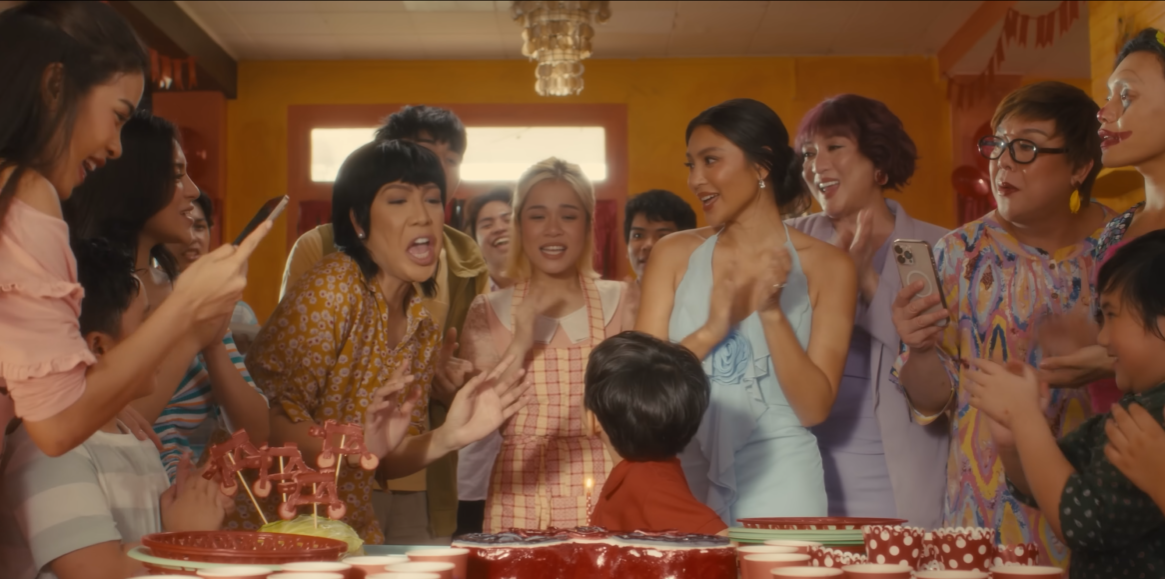‘Mona Lisa and the Blood Moon’ REVIEW: A Stylistic Pulp Movie Soaked in Eccentric Neon Visuals
‘Mona Lisa and the Blood Moon’ REVIEW: A Stylistic Pulp Movie Soaked in Eccentric Neon Visuals
Amirpour's third feature film, Mona Lisa and the Blood Moon, features a dynamic cast consisting of Jeon Jong-seo, Kate Hudson, Ed Skrein, and many more. Influenced by films from the 80s and 90s, the film is billed as a bizarre journey taking place in the sultry, neon-lit streets of New Orleans, where it centers on a young girl who has supernatural powers. She escapes an asylum and returns to the tumultuous world, where she meets some surprising unique companions. As seen in her previous works, the poetic A Girl Walks Home Alone at Night and the idiosyncratic The Bad Batch, director Ana Lily Amirpour furthermore finds affection and empathy in the over-stylized milieus of Mona Lisa and the Blood Moon. In addition to the usual stylish, neon-charged staging, the biggest strength of the film is how emphatically it meets its characters, especially through the use of music.
Amirpour is known for her works that openly display her influences. There is no current filmmaker who captures the spirit of 80s and 90s indie pre-Tarantino cinema so well as her; She’s adept at capturing a pre-constructed aesthetic, but she does so with her distinctive characteristics that are somewhat psychedelic with a heavy dose of close-ups. As obvious as it may be, comparing Amirpour to other directors is fitting given how heavily and purposefully she has drawn from her cinematic influences in her work. With her new film, the exploration of the American underclass inhabited by outcasts and rebels, resembles the works and styles of Jarmusch, Sean Baker, and most notably Gregg Araki. She fuses many genres and styles but admittedly sometimes her excessive experimentations produce pretty inconsistent outcomes. Mona Lisa and the Blood Moon is just like that. While the atmosphere of the film is well executed, creating a sense of being substantially unique at times, with Pawel Pogorzelski's cinematography, especially in the neon-soaked party districts of the city. The equally stylish soundtrack by Daniele Luppi, enriched with predominantly synth electronica songs by Guglielmo Bottin and Edoardo Cianfanelli (Rodion), also contributes to the film’s distinctiveness—Its bizarre attractions nonetheless seem rather constrained. But the film still manages to avoid all of the tropes usually found in other similar movies like this while also being vibrant and comical. It's also refreshing to see no graphic violence in these types of films. It’s unique even if every aspect of it is familiar. The film was also never dull, every character interaction was funny and delightful, especially with Ed Skrein’s character. Jeon Jong-Seo, the lead actor in the film, also displays a performance that helps maintain the uniqueness of the film. Amirpour’s direction combined with the actors' performances really makes up for the story’s shortcomings.
The film ultimately suffers from its loose plot and lack of narrative and a little bit of nuance in the story would’ve helped. The film has its moments but there’s really not a lot of story here to hold on to. Its script is pretty barebones, but you can feel that there’s a story here waiting to be explored, that it has a lot going for it, but Amirpour choses to rely more on its sublime visuals and eclectic music to keep the audience's attention, instead of having any actual narrative developments. She seems to skim over some of the narrative leaving us with characters who have barely any depth at all.
This film has its appeal if only it didn't solely concentrate on its aesthetic. The film has the opportunity to explore how many of our interactions are purely transactional, how people only care if they gain something from you. Unexpected ricochets and brief encounters like Mona Lisa show the complacency of the status quo, which makes life difficult for all those who do not fit into the neat pattern. But despite Amirpour's unwavering commitment to her vision, the outcome is, at best, underwhelming. This is largely because the film's premise is so vague; as a result, the movie ends up being clumsy and unpolished but also still being stylish and peculiar, making the watching experience quite a vibe.
Mona Lisa and the Blood Moon is included in the lineup of QCinema 2022 Midnight Series and will run from November 17 – 26.












